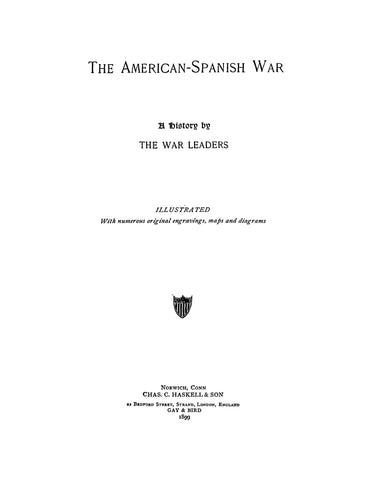
The American-Spanish War: A History by the War Leaders, Illustrated
1899. 607p
The struggle for Cuban independence faced significant challenges, particularly with key leaders surrendering to Spanish authorities, which undermined the revolutionary efforts. General Garcia and a small group of loyalists continued the fight despite the dishonorable truce proclaimed by the enemy, which was seen as a mockery of their struggle. The assassination of General Benitez while attempting to escape further highlighted the perilous situation for those fighting for Cuba's freedom.
The American public's disapproval of General Weyler's harsh policies in Cuba added pressure on the Spanish government, as these tactics were viewed as oppressive and inhumane. Meanwhile, Cuban forces encountered difficulties in constructing trenches due to a lack of necessary tools, which hampered their defensive capabilities against the Spanish military. This situation underscored the dire need for resources and support in their quest for independence.
The destruction of the USS Maine served as a catalyst for heightened tensions between the United States and Spain, leading to widespread suspicion of foul play against the Spanish authorities. This incident galvanized American public opinion in favor of the Cuban cause, ultimately contributing to the intervention of the United States in the conflict. The combination of internal struggles and external pressures set the stage for a pivotal moment in the fight for Cuban independence.
